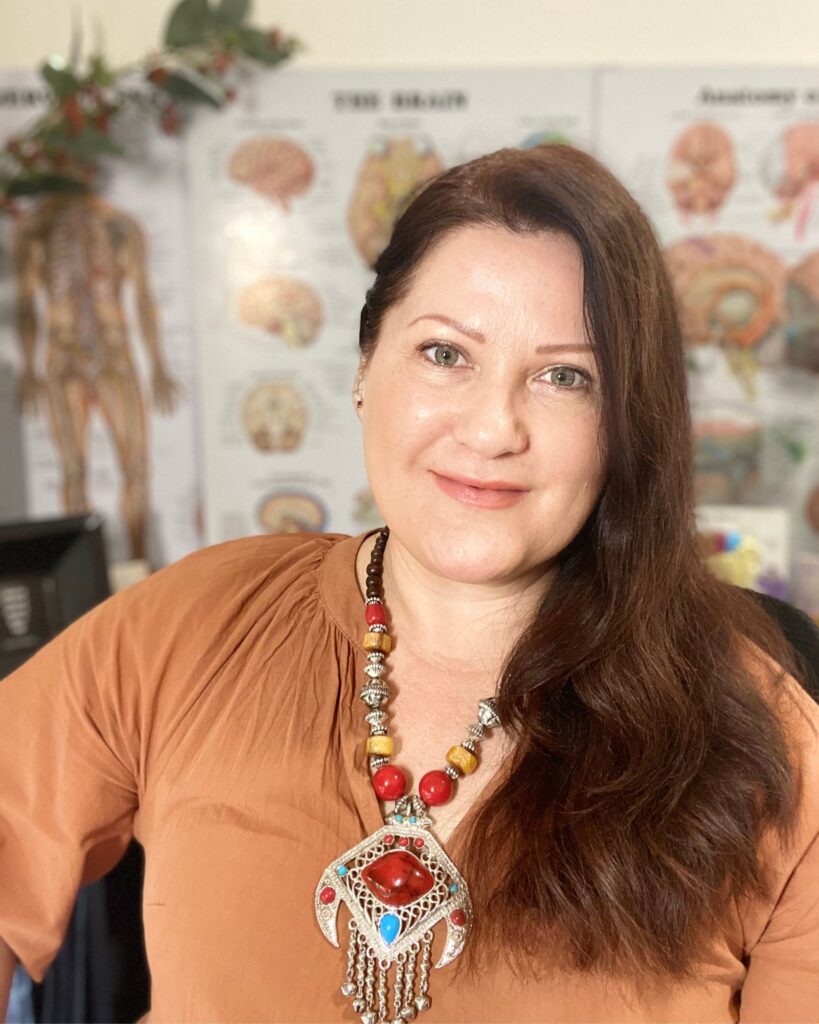Emotions are our brain’s interpretation of events or people, shaped by our subjective experience of our external and internal environments, resulting in physiological and behavioural responses.
When we experience intense emotions, particularly during distressing or traumatic events, our bodies respond with both physiological and biochemical pathways. The body’s natural stress response, often known as the fight/flight, freeze or fawn responses, activates the release of stress hormones and triggers various physiological changes to cope with the perceived threat. These physical responses prepare us to react, but they can also leave a residual impact if we aren’t able to release the emotional chemistry.
Emotions and emotional energy can become trapped in the physical body when the stress response is not fully discharged. This neurochemistry can also be activated or prolonged by our own mental stories and reactions to our environment.
Emotions can also get ‘stuck’ in the physical body due to factors like familial conditioning, societal expectations of emotional expression, or the lack of safe spaces for emotional display and release.
When emotions are suppressed, avoided, or not processed in a healthy manner, the energy associated with those emotions can remain within the body, leading to what is commonly called “emotional baggage” or “stuck emotions.”
Alongside the trapped emotional energy, there is often a mental story or narrative attached to the stressful event or time. Our minds naturally seek to make sense of our experiences and so we form beliefs, interpretations, and mental narratives around those events. These mental stories can reinforce and perpetuate the emotional energy that remains in the body.
For example, let’s say a person experienced a distressing event in their past that evoked fear and embarrassment. The associated emotional energy of fear and embarrassment might become stored in the body, manifesting as tension, discomfort, or even physical symptoms. Concurrently, the mind constructs a mental story around the event, incorporating beliefs such as “I am not safe” or “I am stupid or hopeless,” reinforcing the stressful emotional energy.
By practising various emotional regulation skills and exercises, you can help release stagnant energy and transform your relationship with old mental narratives. These tools may include somatic practices that focus on body awareness, breathwork, and movement to help clients connect with and release stored emotions.
- Energy healing modalities like Reiki or EFT (Emotional Freedom Technique) can also be employed to shift and clear energetic blockages.
- Mindfulness practices aid in cultivating present-moment awareness and non-judgmental observation of emotions.
- Breathwork practices can help clear out stagnant energy and express residual emotional chemistry.
- Journaling and narrative processing allow you to explore and reframe mental stories, supporting the release of emotional energy through writing and reflection.
By combining these tools and approaches, we empower ourselves to access and process emotions on multiple levels—physical, energetic, and mental. This holistic approach facilitates the integration of mind, body, and emotions, promoting healing, resilience, and a renewed sense of wellbeing.
If you’re a wellbeing practitioner of any kind, learning emotional regulation skills will help you to offer comprehensive support to your clients to foster their emotional intelligence and experience transformative healing.
[Featured image from Canva]

Author:
Viki Thondley
Viki Thondley-Moore is an Integrative Holistic Counsellor, Brain-Based Coach, Clinical Hypnotherapist, Mind-Body Somatic Practitioner, Wellness Coach, Meditation Teacher, Educator and Disordered Eating Specialist. Viki is founder of MindBodyFood and Founder/Director of the MindBodyFood Institute.







